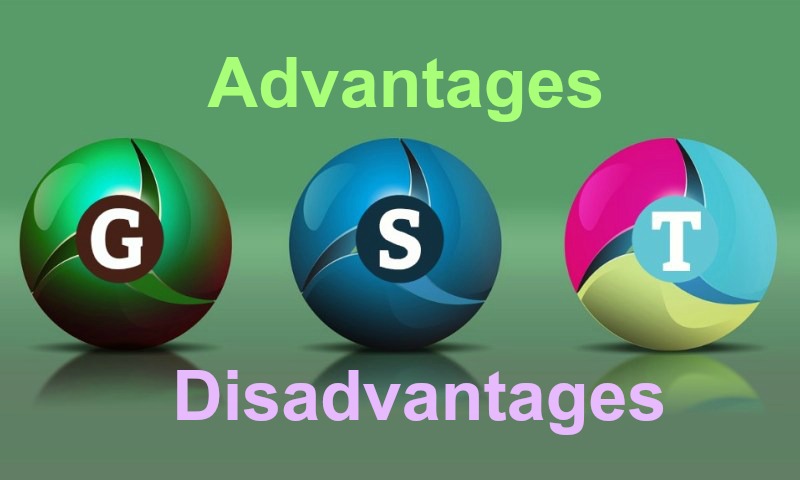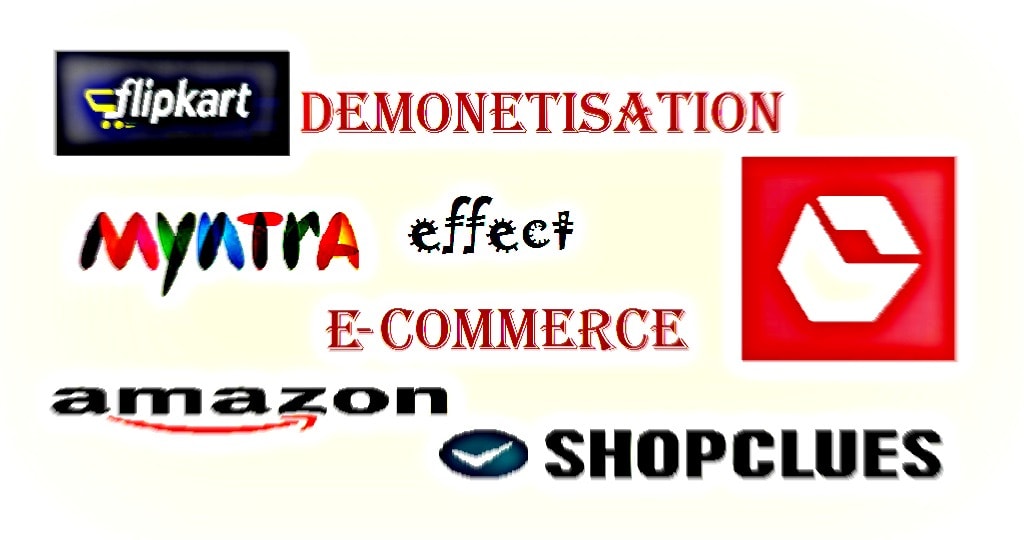Make in India is a campaign that Prime Minister Narendra Modi has launched on 25th September 2014 to challenge the ways India’s economy is currently working. The main motive behind this campaign is to make India one of the leading countries in this competitive world by promoting manufacturing within the country. The way that the schemes and policies in Make in India campaign have been designed, clearly depicts the bright future of the country, if followed with discipline. There is no denying the fact that India needs disciplined services and ‘Make in India’ promises to provide that.
If you are starting a business in India then you might know what this campaign is all about and you also might know what particular sectors it is targeting (Click Here if you don’t know). But, do you have any idea what impact Make in India campaign has on the different sectors of the economy of India? Well, this is the most important thing if you want to invest in Make in India projects. It will give wings to your investments to bring more profits. Now let’s have a look at how this campaign is impacting each sector:
Impact of Make in India on Manufacturing Sector
The main and the prime motive of Make in India campaign is to strengthen the manufacturing sector. This campaign mainly focuses on this sector just because there is a lot of scope of growth, employment, and contribution in the economy from this sector.
The main initiative is to make India, a global manufacturing hub. The main thrust of this campaign would be on reducing waiting period of clearance for the manufacturing projects, create requisite infrastructure, and encourage easy way for the corporate firms to do business in India.
The aim was to increase the contribution of the manufacturing sector up to 25% in the Gross Domestic Product of the country’s economy. Earlier, the contribution was limited up to 15% but the impact of Make in India has increased the contribution by 7.6% in 2015-16. In the last several years, this was the fastest change in the sector.
Another aim of the campaign was to increase the employment in this sector. Since manufacturing is to be increased, then the employment opportunities will automatically rise up. The poor and the unemployed will get a chance to get involved in this sector. The employment will generate income, and that, in turn, will increase the purchasing power of the people.
But, there is not much progress evident as far as the employment is concerned. In fact, IT industry is still on the top in terms of employment.
Related- Advantages and Disadvantages of Make in India
Make in India Impact on Construction Sector
The real estate sector of the country is the second-largest sector. The employment statistics in this sector is more than 35 million. The approximate share of this sector in the GDP was 62%-63% in 2009-10 and the government intends to increase this contribution up to 70%-75% by 2030.
According to the 2011 Census, approximately 377 Million populations is currently residing in the urban sector of the country, while the campaign aims at increasing this number up to 590 Million by 2030.
The growth of this sector was consistent and the sector grew about 30% in 2005-08. But, the global financial crisis in 2008 affected the growth rate of the construction sector very badly. If you believe the stats, then this sector alone is worth USD 78.5 Billion and the government is planning to increase the worth up to USD 140 Billion by 2017.
The campaign also focuses on bringing worldwide investment for this sector, which eventually will lead to better housing facilities for the people of India. One of the major reasons for such a wide investment in this sector can be that the real estate sector is going to be responsible for providing better infrastructure for the companies that will invest in the manufacturing sector.
The government has promised almost 1 Trillions of investment till 2017. The private sectors will be funding 40% of the amount. 45% of the investment will be used in the construction activities and 20% will be invested to make the sector more advanced.
India is one of those countries that have an acute shortage of the residential houses. According to a survey done in 2012, the rural areas of the country lack 47.4 million units of housing. Moreover, the present urban infrastructure is not worthy enough to cater the demands of the people residing in the urban areas. Therefore, India is in a dire need for regenerating existing cities and creating new smart cities.
So, with the help of this campaign, the government has launched a new urban development mission. According to this mission, the government is going to redevelop 500 cities that support the population of almost 100,000.
The impact on the ‘Make in India’ on the construction sector will lead to the development of townships, road & bridges, hospitals, recreational facilities, residential/commercial premises, hotels, resorts, educational institutes, city and regional level infrastructure.
Related- What are the Impacts of GST
Impact on the Tourism & Hospitality Sector
There is no denying the fact that India is a country that is rich in heritage. People from all over the world step in India to enjoy the ancestral heritage, ancient monuments, beautiful cities, heart-warming greenery, and great hospitality that India proudly possess. India has left no stone unturned in attracting the tourists with various initiatives, like Incredible India and Athithi Devo Bhava.
This sector is the third-largest foreign exchange earner of the country. The total contribution of this sector in the GDP was 6.88% in 2012-13. And, the government wants to increase this contribution by 7.5%. Every USD 1 million investment in the sector creates 78 jobs; hence, increase in employment can be the reason of large investment. The government is also trying to increase the number of domestic tourists as well.
Since foreigners are being driven towards India since ages, then it is also one of the ways of dealing with the foreign currency. Hence, the focus is also on to increase the Foreign Exchange Earnings. Moreover, tourism is one of the great sectors for generating employment opportunities. Hence, the more the investment; the more the employment!
Related- Advantages and Disadvantages of GST
Make in India Impact on IT Sector
Everybody is aware of the growth that the IT sector is witnessing in the present era. If there is one sector in India that is developing at a rapid speed, then that is IT sector. With the indulgence of the youth and the foreign companies opening up their branches in India, the contribution of this sector in the Gross Domestic Product is approximately 9.3%.
India proudly holds the third position in the list of startup hubs. India has encouraged 4200 start-ups in the country. And, the total revenue of this sector is USD 130 Million.
With the help of Make in India, this sector has witnessed the highest growth since last five years in 2015. The sector has registered approximately 13.5% growth.
The social, mobility, analytics and cloud market (SMAC) holds 1, 50,000 employees. The government is expecting the growth of SMAC market up to USD 225 Billion by 2020.
The aim of the government for investing in this sector is to make India, a technology driven country. The Digital India campaign of the government focuses on providing mobile connectivity throughout the country, making every government process technological, and e-delivery of citizen services.
The government is going to set up various IT services, software product companies, and service centers. The investment will also be on the services that are growing rapidly, like data analytics, knowledge services, legal services, cloud-based services.
If everything goes right, then very soon, India will be a country of technology. With the development in IT sector, employment opportunities will rise, and the people will become more knowledgeable about the technology.
Make in India Impact on Automobile Sector
The impact of the campaign on this sector will be in a way that it will be the 3rd largest automotive market in the world by 2026. The production of two wheelers has grown from 8.5 Million units to 15.9 Million units per year. The car market is expected to grow by 6 Million+ units annually by 2020.
The contribution of this industry in country’s GDP is approximately 45%. The employment rate of the sector is about 19 Million. India is the 7th largest producer of vehicles in the world and produces approximately 24 Million vehicles annually. 3.64 Million Vehicles of the total production are exported annually.
The government is expecting to increase the position of the sector from 7th largest to 3rd largest by 2016-17. India is currently the 2nd largest producer of the two-wheeler, largest motorcycle producer, and the 5th largest producer of the commercial vehicle of the world.
So, these are some of the sectors where Make In India is targeting and the impact of the relevant policies and schemes is evident as well. The way the government has arranged these policies defines the enthusiasm of the ministers to take the country to a high level.
Moreover, all of these policies are a great source of creating employment opportunities. Not just for men but for women as well! Besides, to increase the GDP will be the most beneficial thing for the country.
If you want to know the effect of Make in India on each and every sector and how the market is expected to change after the implementation of the campaign then you can Click Here.






Ossum!!!!
HELPED ME A LOT IN MY PROJECT, THANKS AND KEEP IT UP.